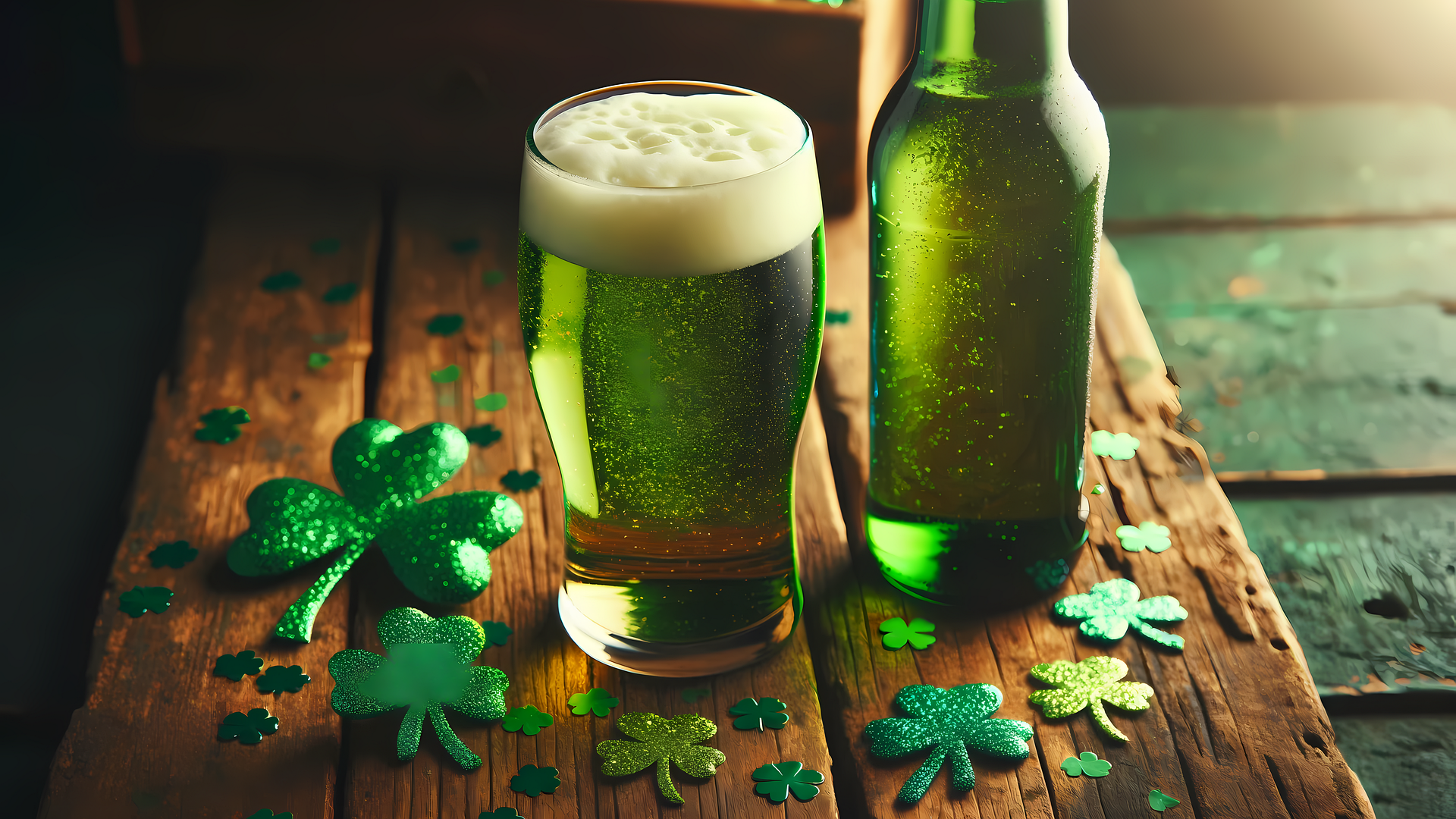Image AI generated by John Mitchell on Pixabay
St. Patrick’s Day is celebrated on March 17th, mostly in English-speaking countries. Crowds typically wear green t-shirts and green hats, and drink green beer while parading through the streets. But there is another day when St. Patrick takes the stage: Reek Sunday, the last Sunday in July, when thousands of people climb Croagh Patrick –St. Patrick’s Mount.
Green is, no doubt, the color of Saint Patrick, and that of the island he helped evangelize –Ireland. For the Irish, green is more than a color. It is a matter of national identity –a crossroads of history, religion, and folklore.
Blue robes and green shamrocks
Early depictions of Ireland’s patron saint show him dressed in blue robes. But blue vestments are not among the standard liturgical colors used in the Latin rite and may only be used under special privilege. These privileges are of two types: one granted to important Marian shrines, where the decree specifies whether blue vestments can be used regularly or only on certain major feasts, and the other extended to entire countries.
For instance, churches in Spain are allowed to use blue vestments on the feast of the Immaculate Conception, a privilege occasionally extended to nations formerly under Spanish rule. So, how did green eventually become Patrick’s color?
The shift from blue to green is mostly a consequence of the Irish Rebellion of 1798, when green became a symbol of resistance, representing the Irish patriotic movement. But there is another, perhaps simpler element that might have also influenced this transition: the humble clover.
Tradition holds that Patrick used the three leaves of the clover to explain the concept of the Holy Trinity to the native Irish. He wanted to show how three different persons (the leaves in the clover) could form one single unity (the clover itself) –Father, Son, and Holy Spirit.
Now, clovers have a place of their own in Celtic traditions. Native Irish regarded clovers as somewhat sacred, linked to rebirth and fertility, bringing good luck and protecting against evil spells.
Eat your greens

Green has also grown popular on Irish tables –but especially on St. Patrick’s Day.
It’s no secret that the Irish love their beer –and with all good reason. So, a way to honor the saint Green now implies raising a glass of green-tainted beer. This fairly recent tradition is thought to have originated in the US in the 20th century, probably as a publicity stunt to attract customers during Prohibition. The original recipe called for green food coloring. Nowadays, dark beer is mixed with peppermint syrup.
Some typical Irish dishes pair quite well with beer –green or not. Colcannon is a simple, hearty dish made with potatoes and savoy cabbage—a true comfort food. Its roots go back to the days when potatoes became a staple of the Irish diet. The savoy cabbage adds a splash of color and a slightly bitter flavor, plus lots of vitamins and minerals.
The famed Irish Stew is a hearty, flavorful dish that’s just right for cold winter days. The meat, usually lamb or beef, is stewed for a long time with potatoes, carrots, and onions until it’s nice and tender. Adding a stout beer gives the dish a really intense and complex flavor.
Boxty are grated potato pancakes, typical of Donegal County –a great alternative to bread. They’re perfect either hot or cold and go well with stew or a simple salad. But if you want something more with a crisp crust, you need to go for Soda Bread: a classic Irish bread that is made without yeast, using baking soda instead, with a cross engraved on it to ward off evil spirits. The cross is thought to protect the bread and those who ate it from negative influences.
Soda bread is made with whole wheat flour, buttermilk (which helps it rise), baking soda, and salt. In some parts of Ireland, especially in the west, people also add seeds and raisins to the dough.
Sweets are dyed green in honor of the saint. You will surely find shamrock-shaped shortbread cookies with green frosting, cupcakes, and green doughnuts. All these treats are soft, sweet, and rather unique because of a single ingredient: they are made with dark beer. The beer not only gives the dough an amber color and malty aroma, but it also makes it soft and moist.
Using beer in baking is an ancient tradition that’s found in many cultures. And since beer has always been a readily available ingredient in Ireland, it was only natural to use it in pastries as well.
If you are planning a trip to Ireland, you are in for a pretty green experience. If you love nature, Ireland is the perfect place for you. The green landscapes, crystal-clear lakes, and towering mountains are an unforgettable sight.
In western Ireland, where green meadows stretch as far as the eye can see, you can walk some of the Pilgrim Paths of Ireland. The famous Way of Saint Patrick, a 132-kilometer-long itinerary that combines faith and nature, retraces the steps of Ireland’s patron saint, from Mullingar to the sacred summit of Croagh Patrick, where he is said to have spent 40 days in fasting and prayer.





